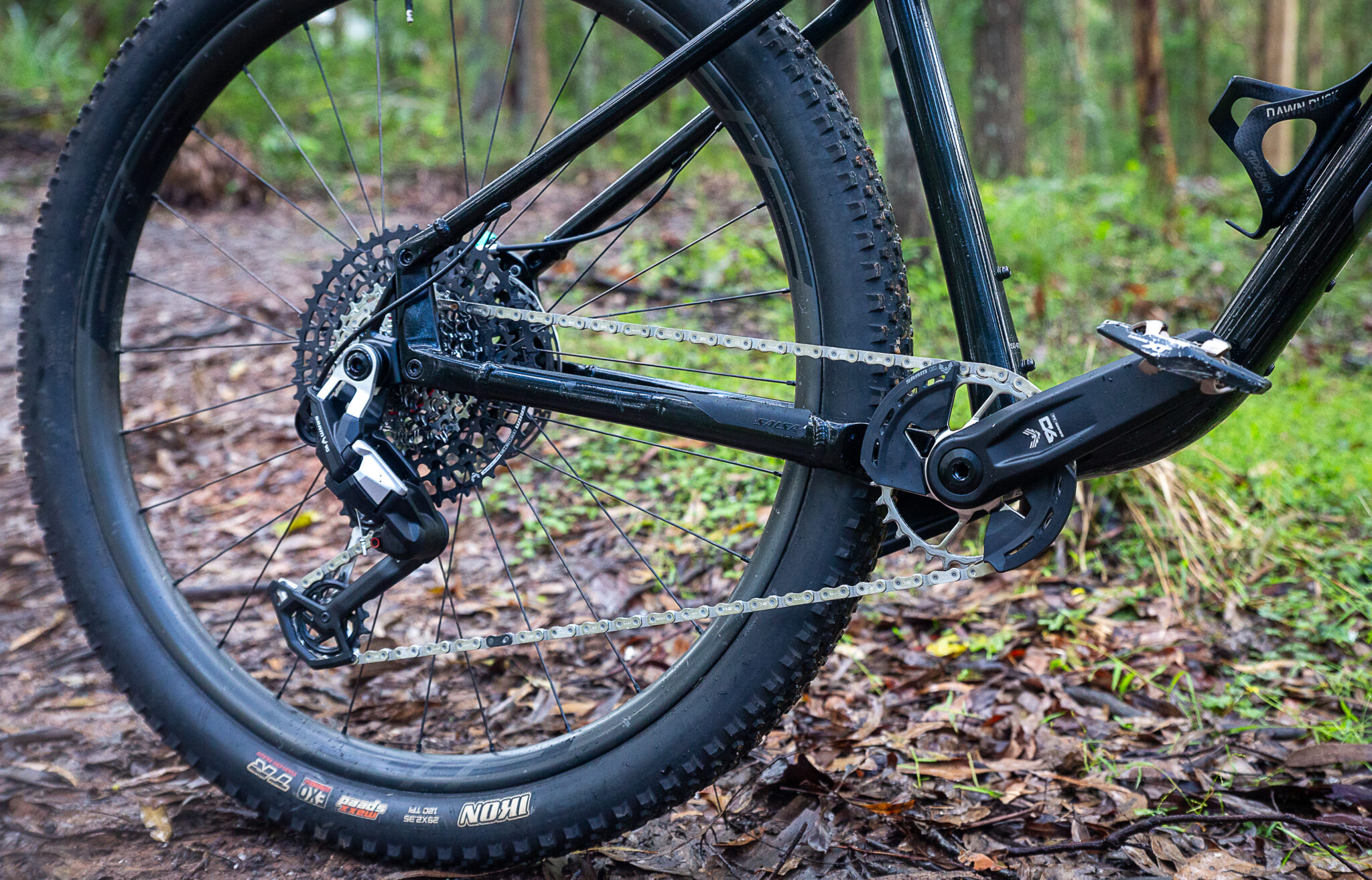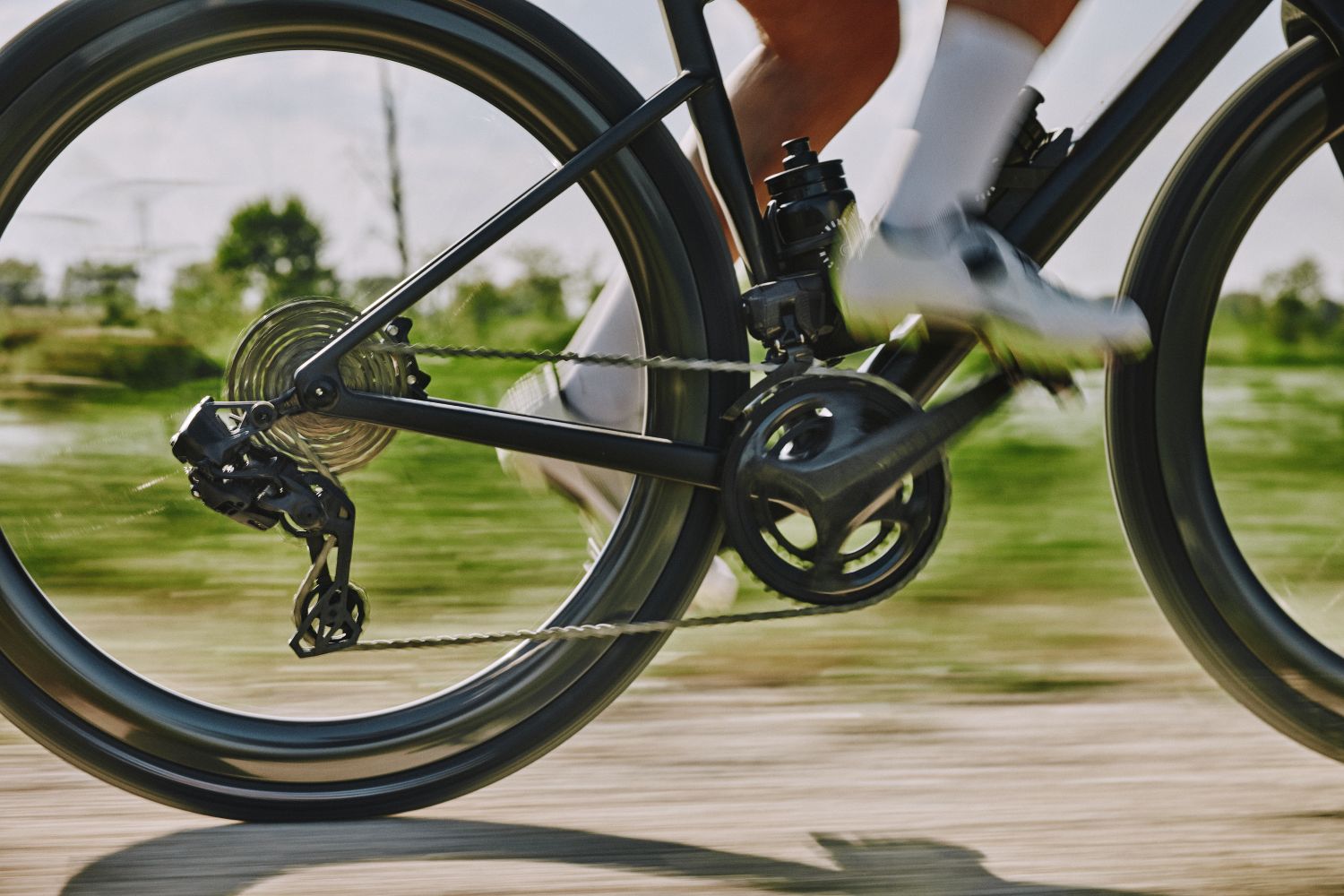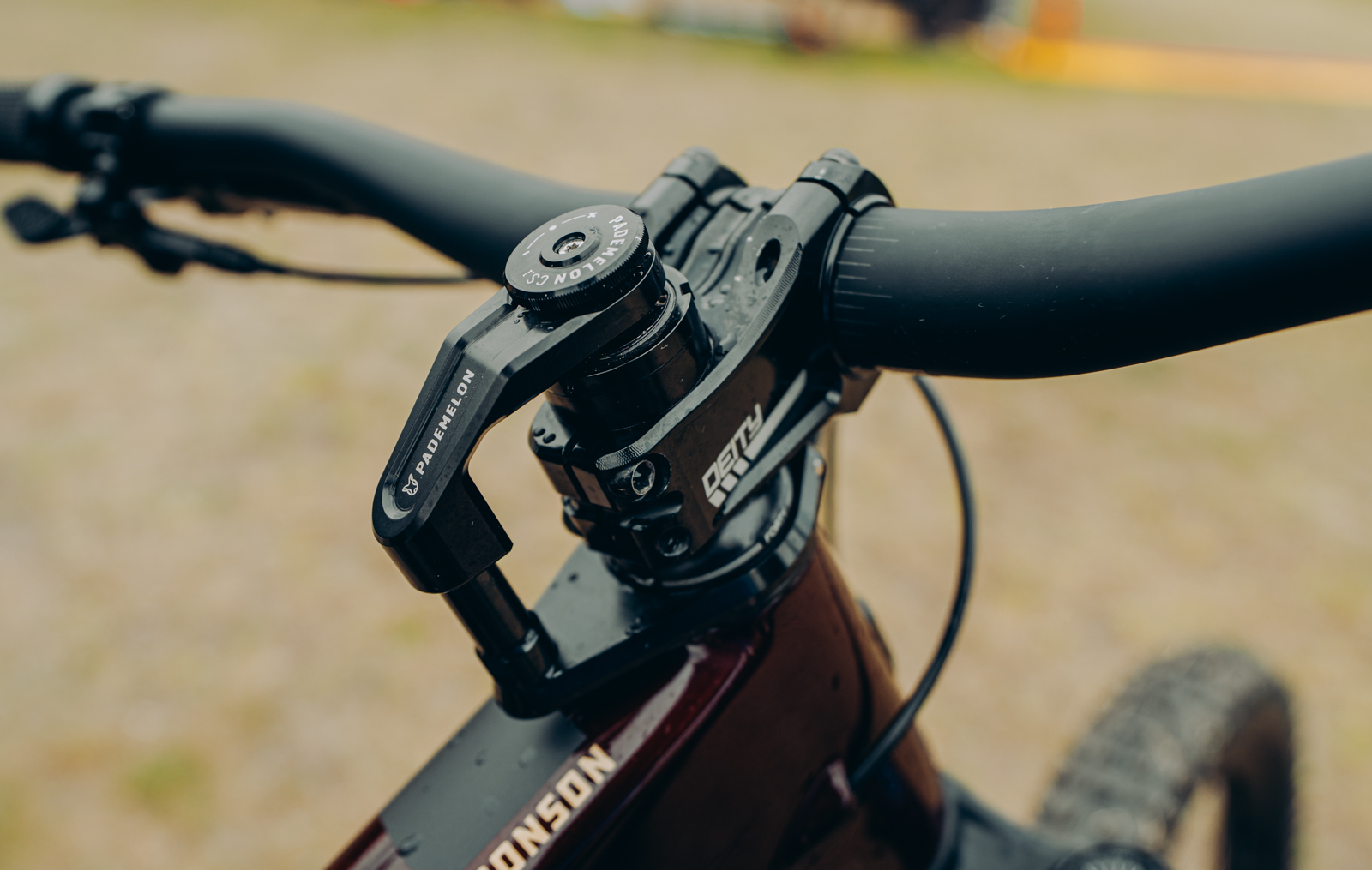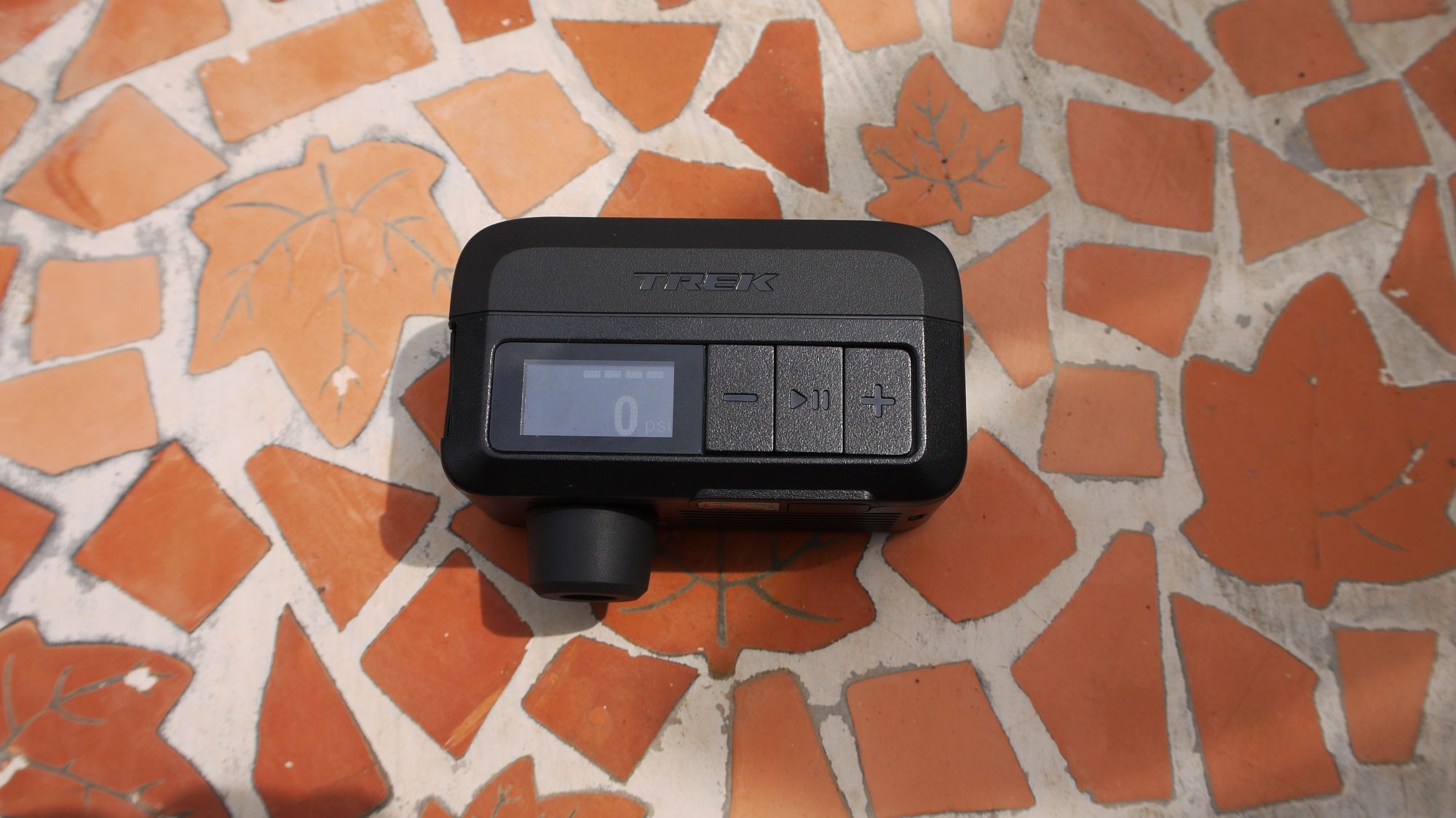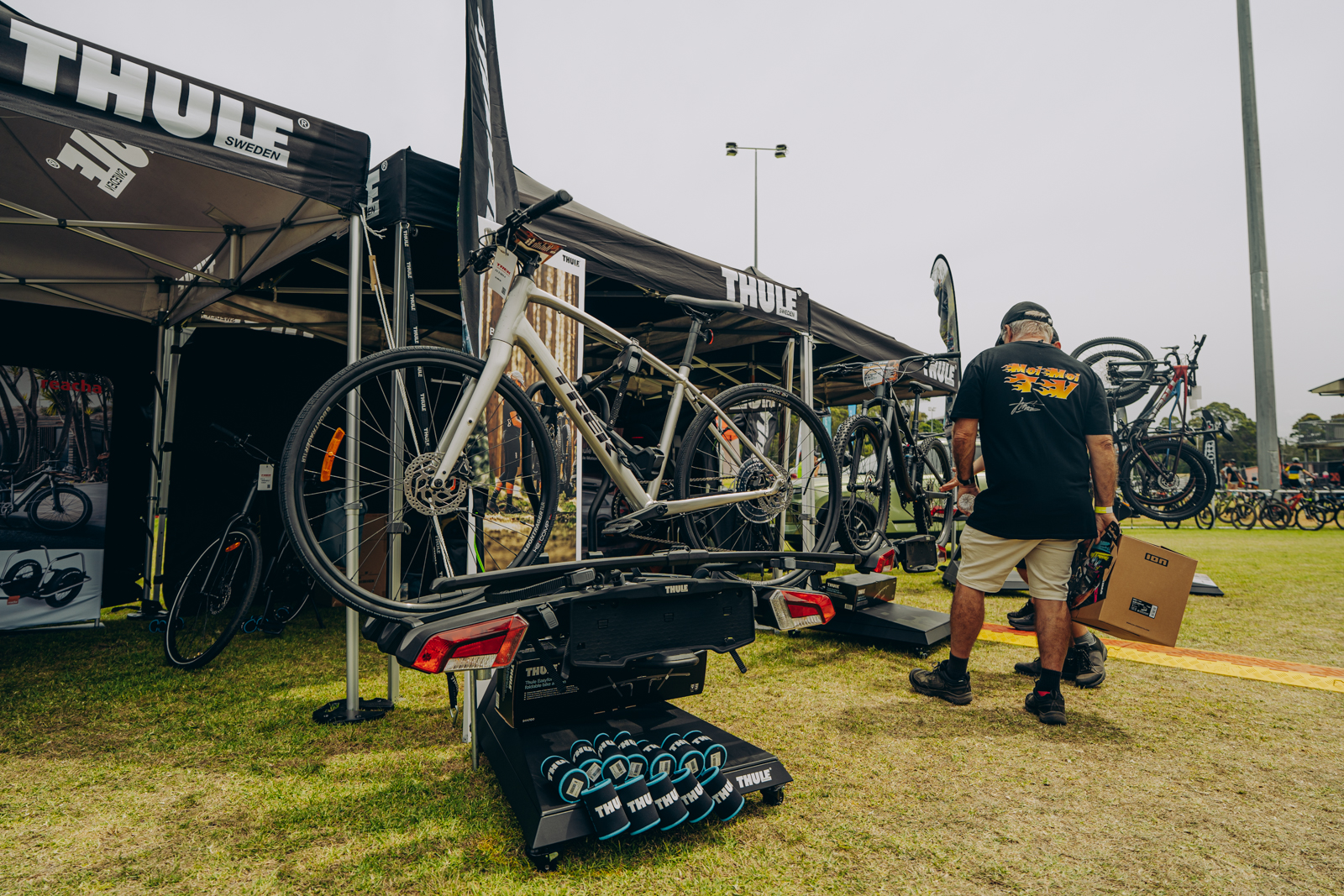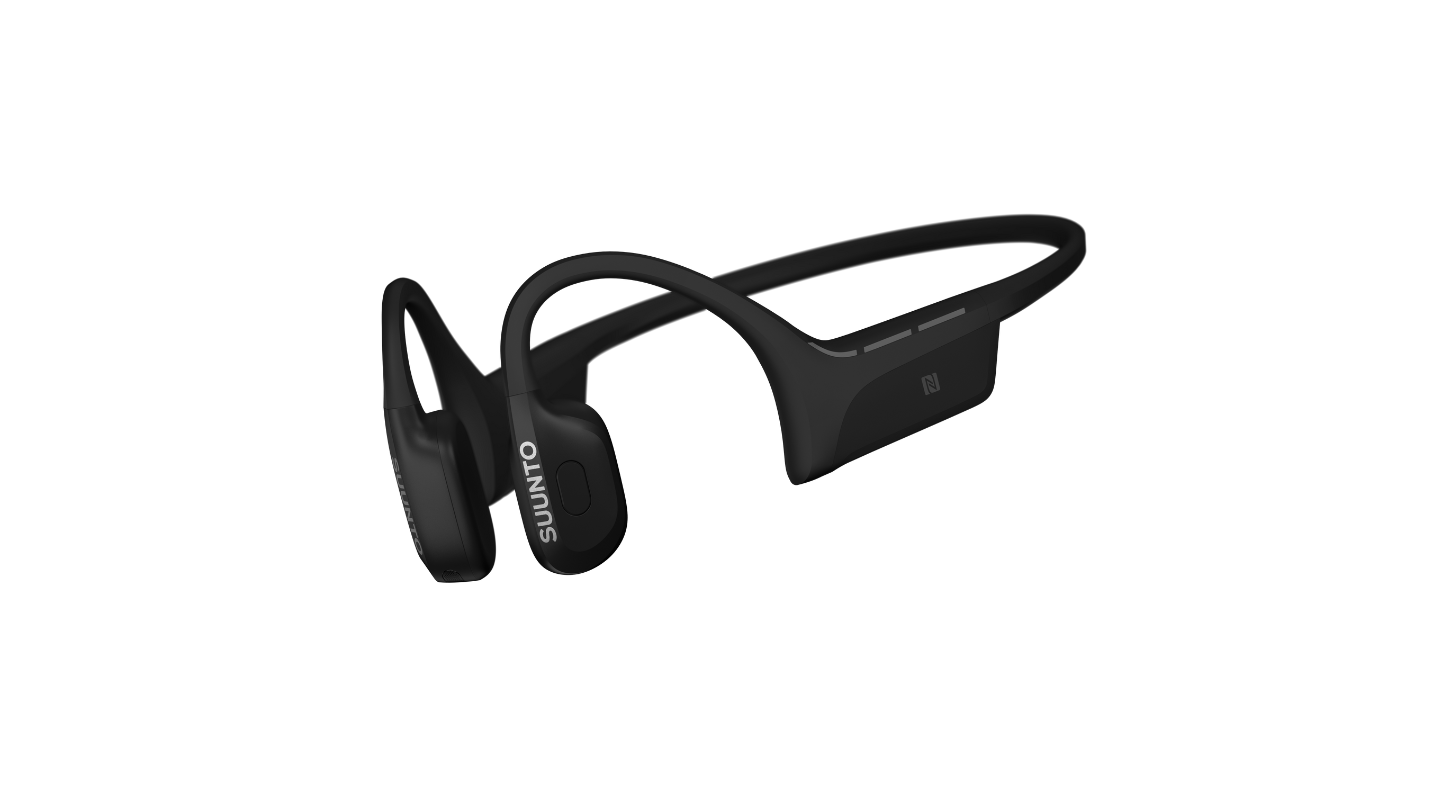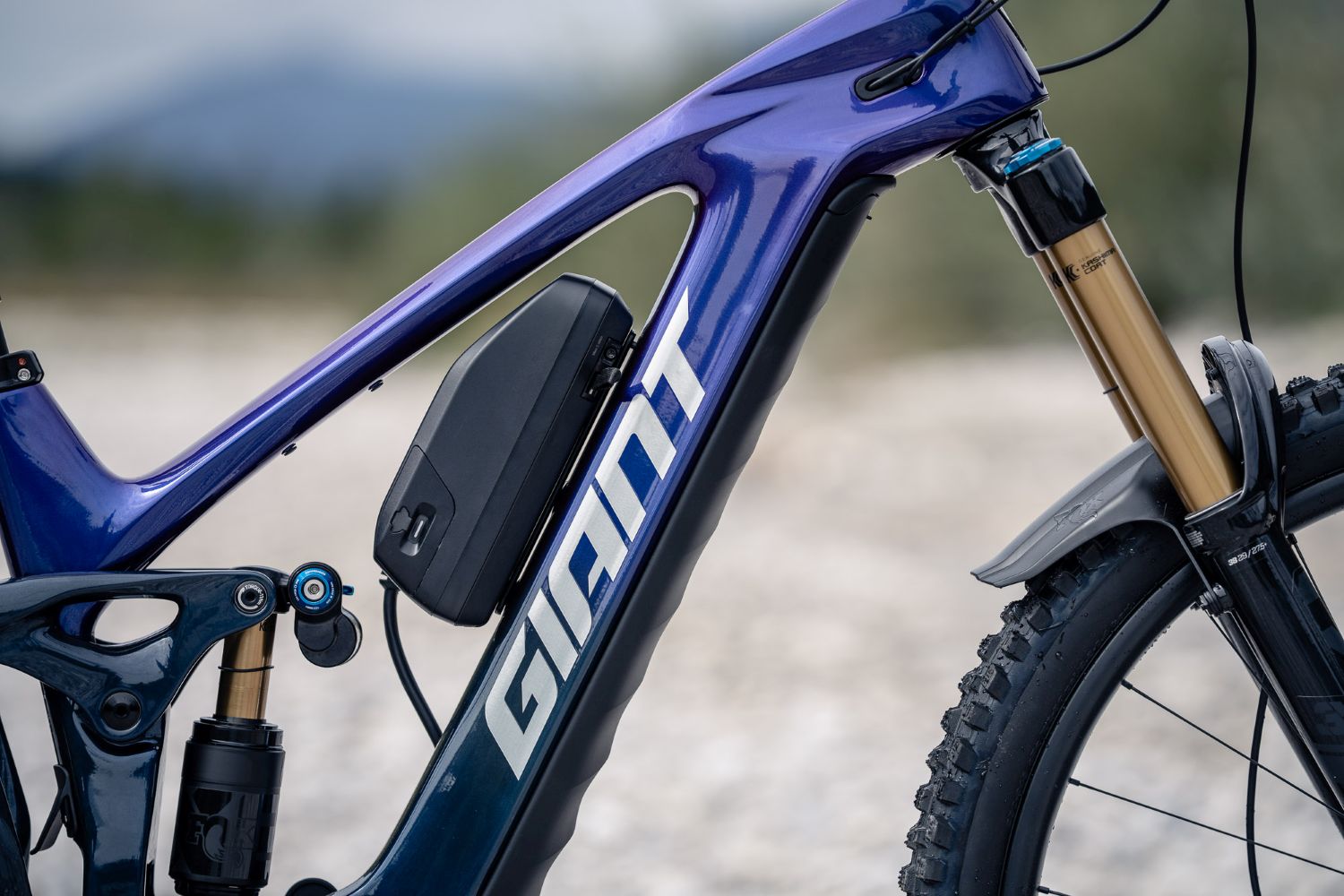SRAM Eagle 90 Mechanical Transmission Review
SRAM’s Eagle 90 Transmission offers reliable cable-actuated shifting with UDH fitment, improved ergonomics, and strong under-load performance.
In March, SRAM declared that the gear cable is not dead, with the introduction of the Eagle 90 and Eagle 70 Mechanical Transmission groupsets; cable-actuated drivetrains that use the T-Type platform – ditching electronics, mostly. Both groups use SRAM’s Full Mount interface (UDH), offering the same hangerless durability and frame interface as their premium AXS electronic systems – but without the need for batteries or wireless connections.
While we have seen bikes released that will only work with wireless drivetrains, there are countless reasons why some riders prefer a mechanical solution – be it bikepacking, upkeep cost, tactile shift feel, or something else entirely. What is really cool is that this is SRAM’s most rebuildable mechanical derailleur to date, with a wide range of spare parts. I was sent an Eagle 90 Transmission group and Motive Ultimate Expert brake kit to review, right on release.
First Look
The centrepiece of the Eagle 90 Transmission is its mechanical derailleur (391g), sharing the same Full Mount design as its electronic siblings. SRAM claims it’s the strongest mechanical derailleur they’ve ever built. It lacks the Overload Clutch mechanism found in AXS versions, but it’s built to withstand impacts and can be fully rebuilt with replaceable parallelogram links, skid plates, and a threaded cage assembly. And yes, there are videos of people standing on it.
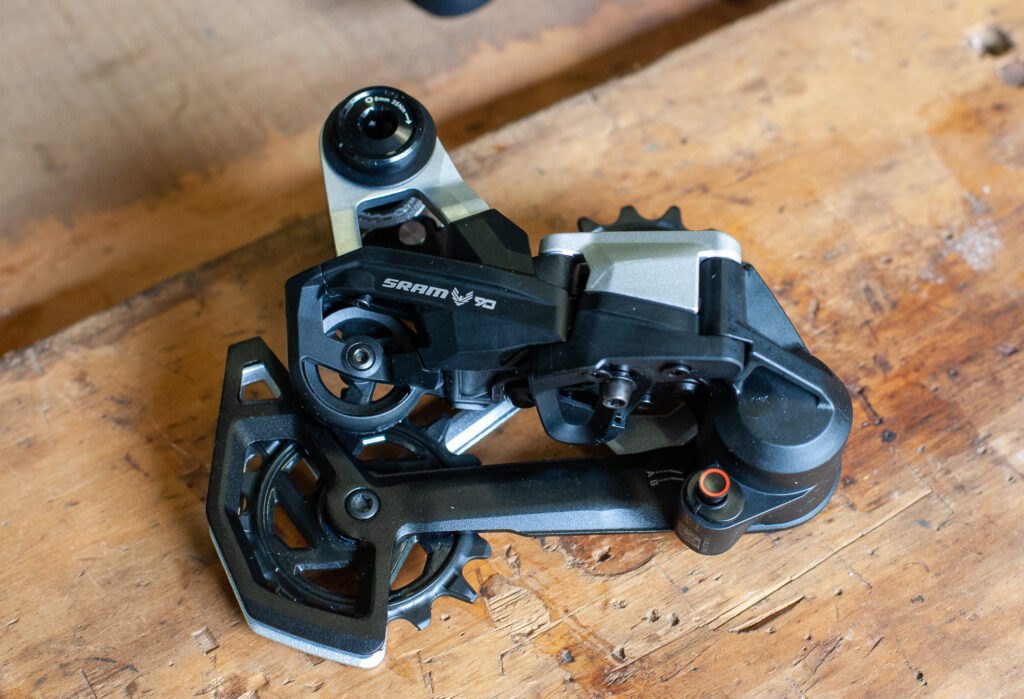
The system uses a completely new T-Type cable actuation ratio, meaning it’s not compatible with older Eagle 12-speed shifters – just like with any T-Type group, this isn’t a groupset upgrade of a couple of parts. The derailleur is paired with a revised Eagle 90 shifter (129g, with cable), featuring a redesigned ergonomic paddle shape and a double-click downshift, making it ideal for those who felt AXS wasn’t rapid enough when wanting to dump a bunch of gears.
The drivetrain uses existing SRAM Transmission chains and cassettes, and I had an XS-1275 cassette on review. The Eagle 90 crankset is built for durability, not low weight (810g). It comes with a stamped steel T-Type chainring and bashguard, ideal for trail and backcountry use. The crank uses a DUB Wide spindle for a 55mm chainline and is available in five arm lengths from 155mm all the way up to 175mm. I tested a 165mm pair paired with a 32t ring.
Setup
Installation is pretty straightforward and akin to any T-Type drivetrain, but very different from most mechanical drivetrains. With no B-tension or limit screws to worry about, the process is more ‘bolt-on and ride’ than most mechanical systems. Chain length is still critical, however, and SRAM’s setup guides online make it all quite simple. You look up your bike to get the setup position (A or B) on the mech, then determine chain length based on your specific frame model and chainring size.
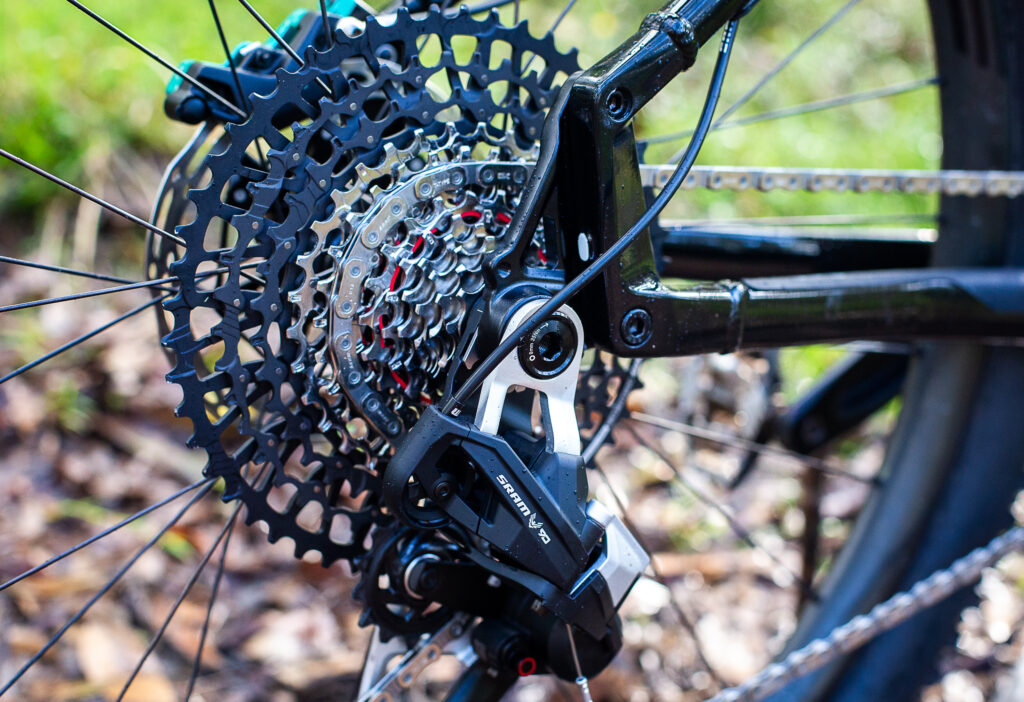
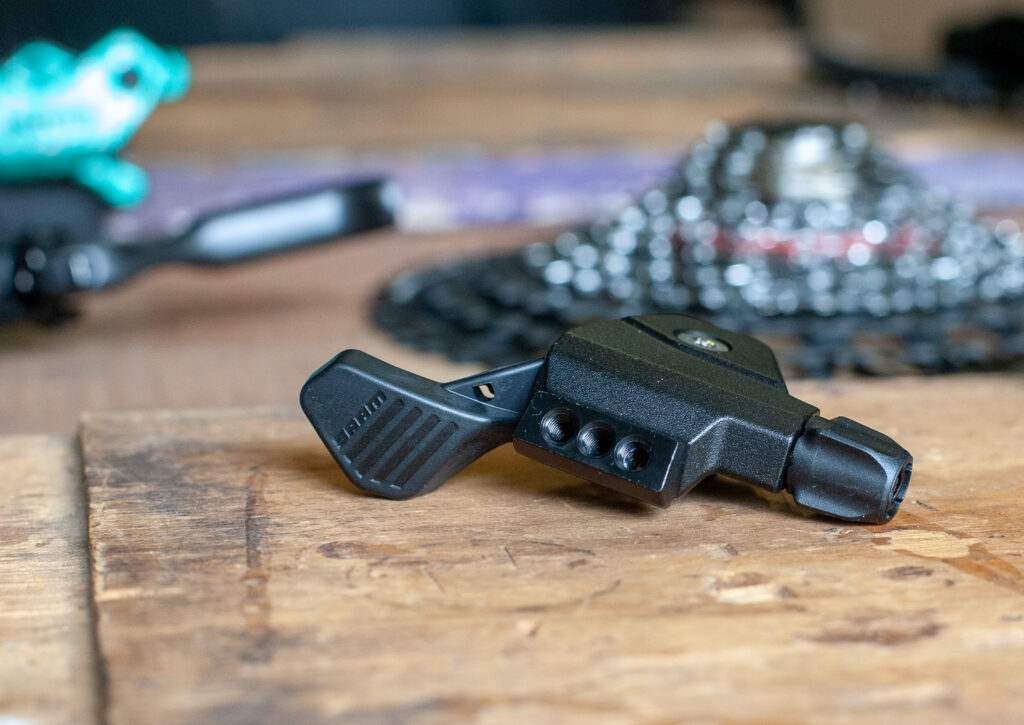
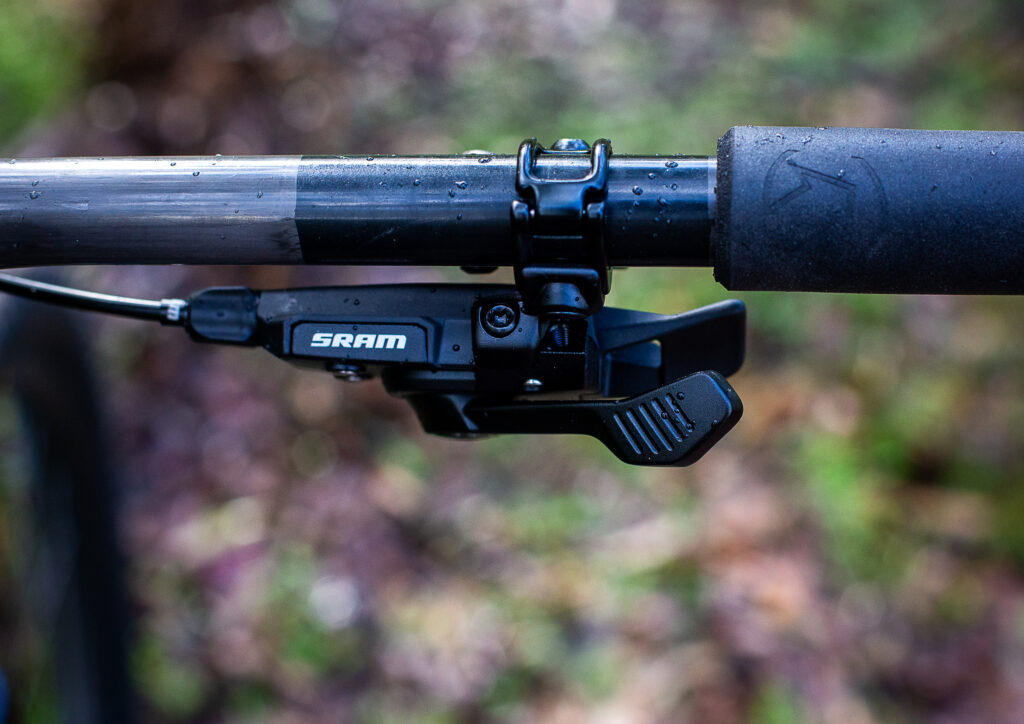
Setting the shifter up at the same time as the Motive brakes, I also had a SRAM mechanical dropper lever provided (44g). What’s cool is how the ergonomics perfectly match the shifter, including its adjustable positions. With outer routing to match the shifter, the pairing makes for a very neat cockpit.
On the Trail
I had the Eagle 90 Transmission drivetrain fitted onto a new frame – a Salsa Timberjack built up as a trail hardtail and bikepacking bike. Before riding it, I expected much of the shift performance that Transmission delivered, but with a more tactile feel. Part of what makes the smooth shifting with SRAM’s T-Type groups so good is the chain and cassette, and how the chain moves across the cassette, especially under load. SRAM calls it cassette mapping, Shimano calls their version Hyperglide+. For us riders, it just means better shifting under load for up and down shifts. Whether that happens mechanically or electronically makes little difference, save for actuation load at the lever, with the former being at the whims of cable and outer degradation. So with the expectation of super slick shifting but with more tactile feedback, I hit the trails.
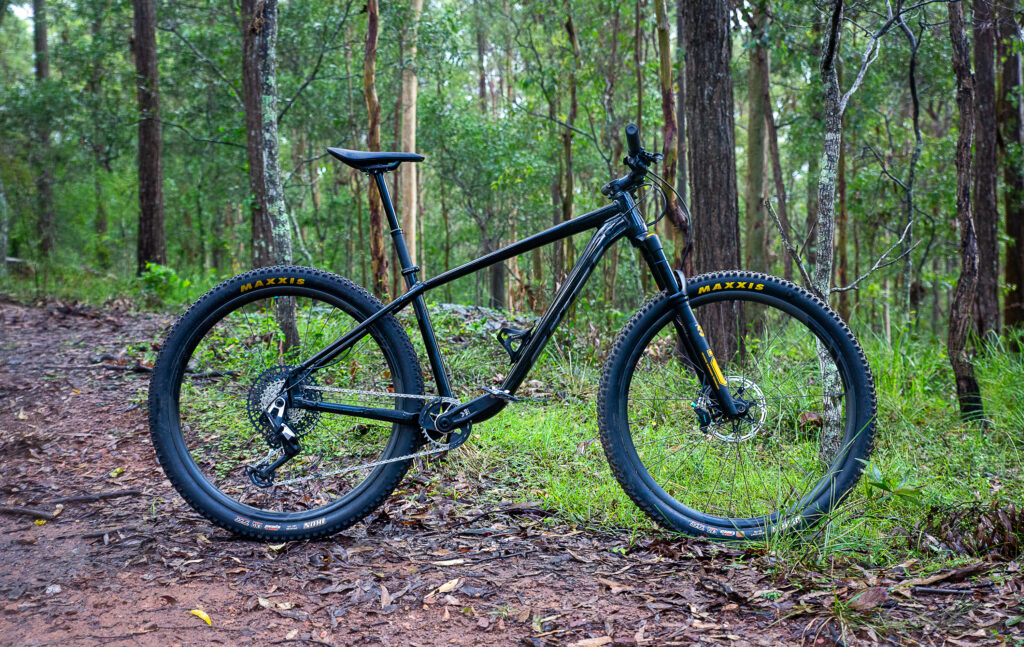
My first impressions were positive. Shifting is quick, quiet, and dependable – even under load. SRAM’s new actuation ratio and paddle design make for smooth transitions, and the two-gear limit on downshifts feels smart, reducing the risk of chain skips under pressure. As you would expect, the system is quiet on descents with a solid clutch.
Where the group really shines is shifting on steep terrain under load. I’ve nursed some very flogged out drivetrains through a long, long life over the years, and I’m very much used to feeling a shift through my thumb and the pedals. But as you’d expect from a T-Type groupset, when you add load it just seems to get better. And that is perfect, as high-load shifting situations are typically right when some other things need attention – like traction, line selection, or holding the damn wheel in front of you.
In terms of tactile feedback, there is barely any free movement of the shift lever before actuation, which is ideal for quick shifts to get set in the right gear. While it shifts great under load, that is still something I avoid as a force of habit.
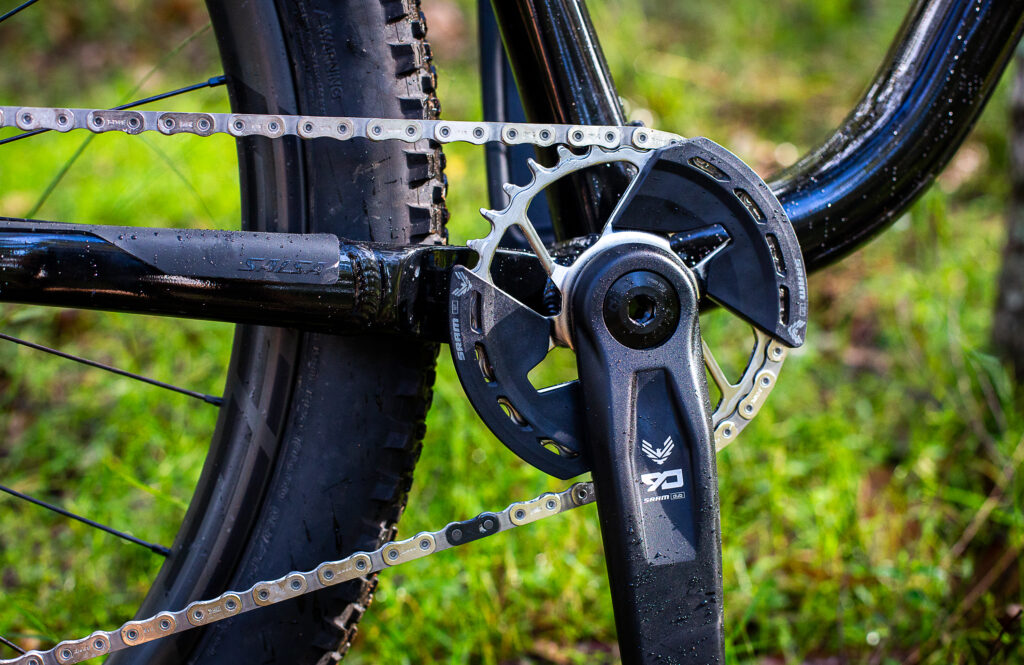
Chain retention and chain slap used to be something we had to worry about a few years ago – but even riding a hardtail with too much pressure in the tyres wasn’t enough to dislodge anything. We truly are in the golden age of external, derailleur-actuated drivetrains.
Our Take
If you’re a mechanical drivetrain lover, you either hate electronic groupsets or just cannot justify the cost of them. Maybe both. My time on AXS Transmission groupsets in 2023 and 2024 easily proved just how good the shifting was from SRAM’s Eagle offerings. While GX Transmission reduced the cost, Eagle 90 and Eagle 70 have arrived to essentially replace the 12-speed Eagle GX and Eagle SX respectively. From a servicing standpoint alone, Eagle 90 is ahead. Throw in the secure, crisp shifts with Transmission shift mapping, plus what I feel is better ergonomics along with less fuss thanks to the UDH fitment and you have what could be a leader for mid-range mechanical groupsets. Eagle 90 should find favour with trail riders, travellers, bikepackers and performance-minded riders alike.
RRP: From $1149
From: SRAM.com
Hits:
• Probably SRAM’s best mechanical shifting ever
• Tactile lever feel
• Improved ergonomics
• Fuss-free UDH fitting
Misses:
• Still not the slickest mechanical shift available
